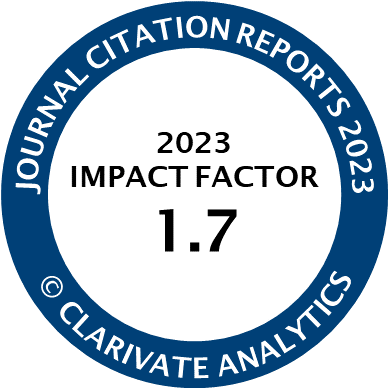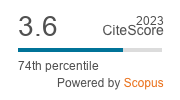Article | Open Access
Public Perception of Urban Air Quality Using Volunteered Geographic Information Services
| Views: | 3534 | | | Downloads: | 1273 |
Abstract: Investigating perceived air quality (AQ) in urban areas is a rather new topic of interest. Papers presenting results from studies on perception of AQ have thus far focused on the individual characteristics leading to a certain AQ perception or have compared personal perception with on-site measurements. Here we present a novel approach, namely applying volunteered geographic information (VGI) technologies in urban AQ monitoring. We present two smartphone applications that have been developed and applied in two EU projects (FP7 CITI-SENSE and H2020 hackAIR) to obtain citizens’ perception of AQ. We focus on observations reported through the smartphone apps for the greater Oslo area in Norway. In order to evaluate whether the reports on perceived AQ contain information about the actual spatial patterns of AQ, we carried out a comparison of the perception data against the output from the high-resolution urban AQ model EPISODE. The results indicate an association between modelled annual average pollutant concentrations and the provided perception reports. This demonstrates that the spatial patterns of perceived AQ are not entirely random but follow to some extent what would be expected due to proximity of emission sources and transport. This information shows that VGI about citizens’ perception of AQ has the potential to identify areas with low environmental quality for urban development.
Keywords: air quality; CITI-SENSE; hackAIR; public perception; smartphone applications; volunteered geographic information
Published:
© Sonja Grossberndt, Philipp Schneider, Hai-Ying Liu, Mirjam F. Fredriksen, Nuria Castell, Panagiota Syropoulou, Alena Bartoňová. This is an open access article distributed under the terms of the Creative Commons Attribution 4.0 license (http://creativecommons.org/licenses/by/4.0), which permits any use, distribution, and reproduction of the work without further permission provided the original author(s) and source are credited.




